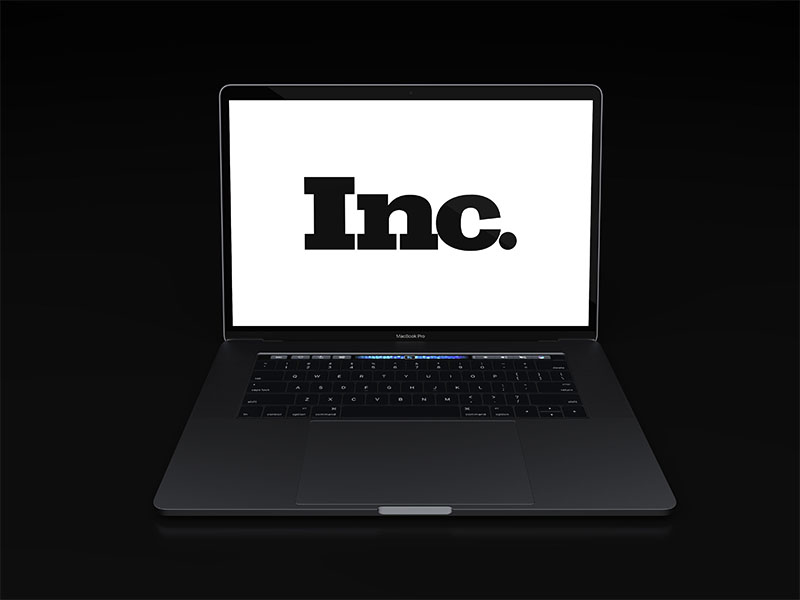Stranger Things? A roundup of the most spine-chilling PR horror stories of 2017

From things that go bump in the night to a cold spell in the Upside Down, Halloween brings its fair share of spooks and scares. Needless to say, 2017 has already had it’s more-than fair share of PR horror stories. Ghosts, ghouls and wizened-faced witches are nothing compared to the spine-chilling, bone-trembling effect that these PR horror stories have had on us this year.
Let The Right One In
Fewer things gave PR professionals more of a creeping sense of dread than the quickly-pulled Kendall Jenner Pepsi ad.
You can see how it happened – The Women’s March made activism mainstream, millennials were purportedly more engaged and, heaven knows, we could all use a little togetherness versus divisiveness.. It must have looked just great on paper. So why the horror story ending? The sinking sense of dread experienced by most PR professionals as they watched it’s near-shameless lack of authenticity. Most of us predicted the backlash.
For brands looking to confront or take a stand in a controversial topics, you must to do it with bravery and sensitivity or don’t do it at all. The galling thing is that they were almost right, they almost hit the zeitgeist nail on the head but for a few important factors. There was a lot of engagement, protests and marches early this year, and as a result, there were numerous vocal, opinionated and informed individuals who could have given this ad a touch of credibility. Which is why it was all the more confusing that the symbol of unity selected was multi-millionairess, celebrity, Kendall Jenner. A true woman of the people, right? Right….
And then there is the content. What were these people protesting? In a world of #blacklivesmatter #womensmarch and #lovewins among hundreds of other worthy causes, the protesters were all carrying anodyne ‘peace’ and ‘unity’ signs. Very valid ideals but way to miss the point. By trying to remain neutral Pepsi missed an opportunity to really engage in the conversation. As the British would say, ‘they bottled it’ (pun definitely intended).
The Descent
And then, as one horror story ended, a new one began. We all watched with bated breath as friendly skies became threatening, brooding and destructive stormclouds for United. This horror story starts with the really gruesome, violent ending. After the incident, PR professionals watched with rising panic as the airline downplayed the situation, apologising only for having to ‘re-accommodate’ some passengers. Where an apology and evidence of humanity and empathy might have helped United to regain some trust, the airline adopted an ‘I’ll pull the sheet over my head and just wait here until it’s gone’ approach.
Spoiler, this doesn’t ever work in the movies, and it doesn’t work in communications either.
After three days, the team finally peeped out from under the sheet to find the specter still there. Eventually the team realized the only way to take down this particular monster was to face it head on, acknowledging the incident, apologizing and trying, finally, to make the situation right. By then of course, the brand had taken quite the beating both at home and abroad and, according to Fortune, wiped $1.4BN off its stock value.
The Babadook
Everyone’s favorite horror story, and one with enough chapters to inform PR textbooks for years to come, our last tale of fear-filled twists and turns features Uber. From toxic culture allegations to driver pay disputes, and the adventures of a CEO who yelled at his own drivers, the brand pushed the boundaries of what the term ‘PR crisis’ really meant this year.
The real horror for PR professionals was watching the same pattern unfold repeatedly. Like a haunted carousel we saw scandal, denial, crisis, admission… again and again. The really scary thing was the number of times we saw Uber repeat the same missteps, each time tarnishing the brand a bit more. Halfway through the year we saw the rot stopped (at least we hope) when the board stepped up to investigate and address the issue. The resulting change in leadership gives Uber a chance to meaningfully change its narrative, developing thoughtful and sincere initiatives to address previous missteps and move from media demon to darling once more.
There are clear lessons for us all if we wish to avoid the scary fates of these three brands and escape the clutches of a PR crisis.
- Be honest – don’t lie and don’t pretend to be something that you’re not. Feather ruffling is fine when it rings true but fakers are almost always found out.
- If you screw up, own it. We are all human and we all make mistakes. It’s only when we try to pretend those mistakes didn’t happen that a misstep becomes monstrous.
- And speaking of missteps…we have to try to learn from challenges as well as successes as communicators. The most tempting thing to do post-crisis is to move on but this loses an opportunity to make sure we don’t make the same mistakes next time…
Happy Halloween!
Related Posts
The Art of Contributed Content
November 28, 2017
It’s very tempting to try and get promotional content into your thought leadership piece. However,…
Featured on Inc.com
September 6, 2018
Managing Partner Greg Mondshein spoke with Inc about the employee incentive strategies that…
Featured on Thrive Global
October 3, 2018
Managing Partner Greg Mondshein recently spoke with Yitzi Weiner about his journey, lessons learned…



